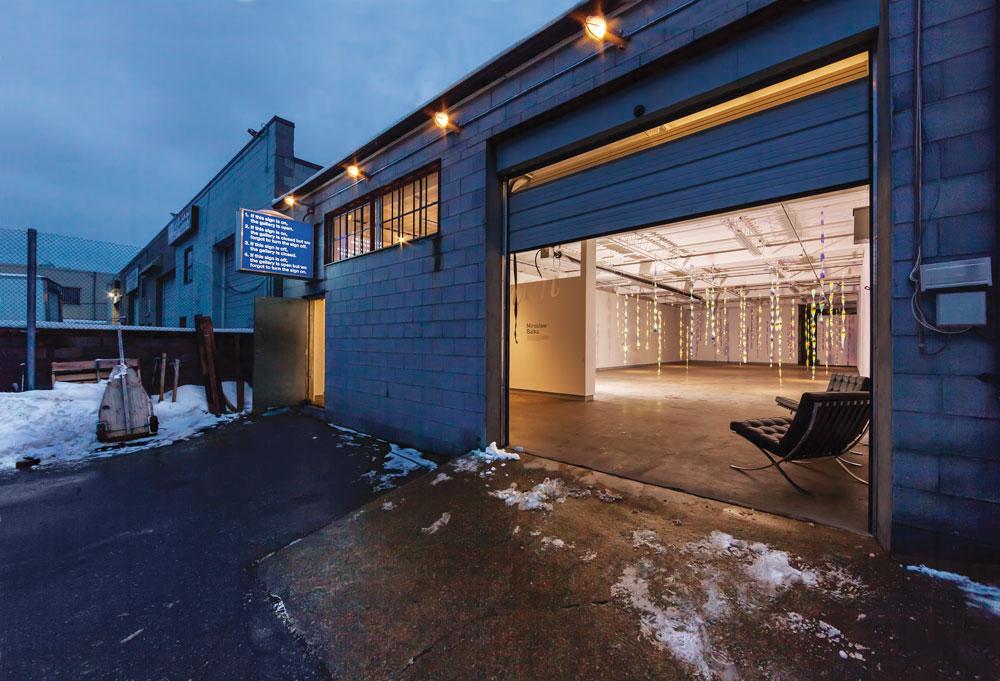Canada’s big art centres are staking out new geographies as some major galleries go through a migratory phase. In Montreal, Vancouver and Toronto, the art scenes are changing around the moves.
In Montreal, it seemed monumental when René Blouin left the Belgo Building in 2011 to partner up with Galerie Division in a big new space in Griffintown, where Parisian Laundry was already operating. Now Blouin has moved to solo premises in Old Montreal, close to where Fonderie Darling and DHC/ART have been mounting big, impressive shows for several years. The shift has meant an art scene more dispersed than the rue Sainte-Catherine one that had centred the scene since the 1980s. Spaces are now bigger, installations grander. There’s a sense of adventure to an art world engaging the promise of a growing city.
In Vancouver, the story is mirrored. The one-time Granville Street trio of contemporary galleries—Catriona Jeffries, Equinox, Monte Clark—has now fully relocated into light-industrial spaces clustered near the former Finning lands, southeast of False Creek. These spaces are big and bold and of a piece with the look of some of the New York and Berlin galleries that Vancouver’s international artists have graced with their work. These spaces are a sign of belonging to that international world.
In the background are the realities of climbing downtown real estate prices. As corporate towers and condos rise, art galleries move on. In Toronto, it seems like it is happening all at once. Condo development now impinges on the Queen Street West scene that has ruled the day since the 1980s, when Ydessa Hendeles opened a gallery above the Rivoli bar, near Spadina Avenue. In 2011, Daniel Faria opened in a refurbished garage in a Portuguese neighbourhood in Bloordale Village, on the edge of the Junction Triangle. A month later, collectors Samara Walbohm and Joe Shlesinger upped the ante for private-patron initiatives by mounting museum-quality shows at Scrap Metal, up an alleyway behind the Faria space. Then Montreal’s Arsenal set down Toronto roots with its own museum-like venue a few blocks north. In the fall, Jessica Bradley opened a project space where the Junction Triangle turns into Carleton Village. Like elsewhere, it represents a new beginning for the Toronto scene. The venues now match the climbing expectations for contemporary art.
This is an article from the Spring 2013 issue of Canadian Art. To read more from this issue, please visit its table of contents.

 A view of Miroslaw Balka's 68x(200x8x8) Heaven (2010) at Scrap Metal in Toronto, January 2013 / photo Christopher Dew
A view of Miroslaw Balka's 68x(200x8x8) Heaven (2010) at Scrap Metal in Toronto, January 2013 / photo Christopher Dew







